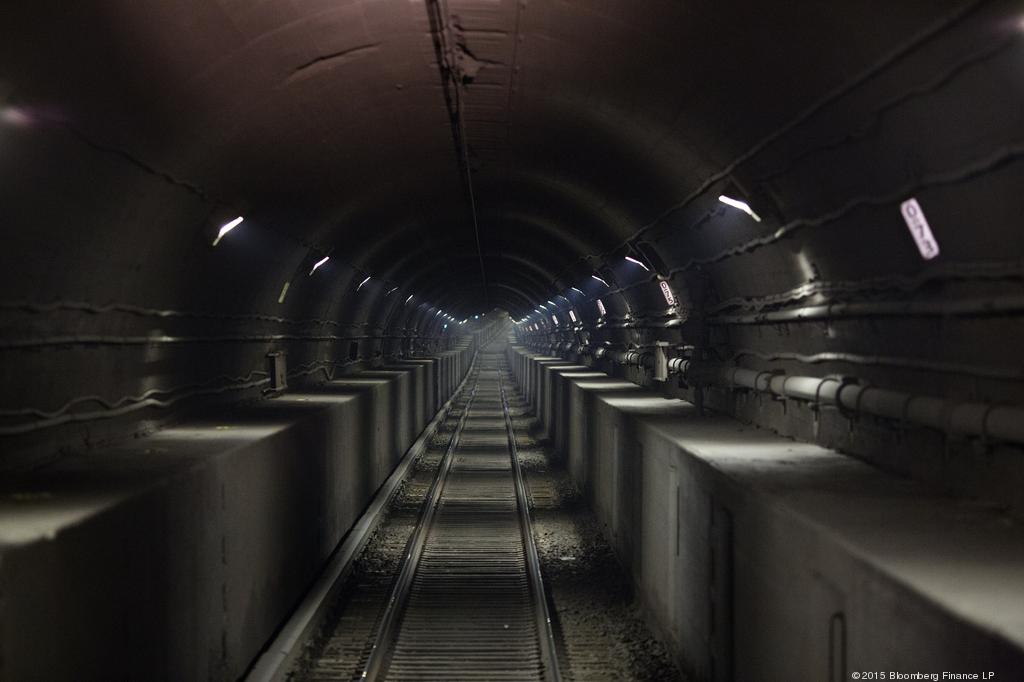Article originally published in the American City Business Journals on September 6, 2017
Natural disasters like Hurricane Harvey provide little warning time before they occur and cannot be prevented. Disasters such as the periodic failure of critical elements of our national infrastructure can be anticipated and prevented.
Like the proverbial frog in a pot of water slowly being brought to a boil but doesn’t realize it until it is too late, we are in a similar situation with much of our national infrastructure. It seems there is no great incentive to step up the pace of repair and replacement projects until a catastrophe occurs — and then, everyone wonders why that infrastructure project did not have a higher priority.
As a nation, why do we let some elements of our national infrastructure deteriorate and not put a higher priority on repairing them? This infrastructure is critical to our country’s economic security and global competitiveness.
Trillions of dollars are needed to bring our highways, bridges and tunnels to a point where they are safe, reliable and have sufficient capacity to meet current and future needs.
Many of our elected representatives often argue there are insufficient funds to address our infrastructure needs. Money can be found for other needs, so why not infrastructure? We need our governmental leaders to stop acting like bureaucrats, take a visible leadership role, be proactive and champion an increase in the priority of these critical projects.
China and South Korea are building up their national infrastructure at a rapid pace. Other countries are doing the same. These countries view these initiatives as long-term investments to ensure their global competitiveness. I see no such vision or foresight within the U.S. to do this, and that is to our long-term detriment.
The 2017 American Association of Civil Engineers Infrastructure Report Card states that in 2016, 56,000 or 9.1 percent of the bridges in the U.S. were structurally deficient. The report also states that 20 percent of the nation’s roads were in poor condition, with an increasing backlog of needed repairs. There are both safety and economic consequences to our failure to keep our bridges and roads in good condition.
This lack of foresight is apparent in particular with the need to construct two additional rail tunnels for Amtrak and New Jersey Transit under the Hudson River connecting New Jersey and New York City. This project has been talked about for years and should rank as one of the highest priority infrastructure projects in the nation.
The existing tunnels were built just over 100 years ago and have been deteriorating for a long time. During Superstorm Sandy in 2012, the tunnels flooded with salt water, hastening their deterioration. Their poor condition currently causes frequent interruptions to train service in and out of New York City.
Approximately 450 trains transporting nearly 200,000 passengers pass through these tunnels each day. At rush hour, trains are scheduled two minutes apart. If there is the slightest delay of a single train for any reason, the travel of thousands of passengers is delayed. These tunnels will need to be taken out of service for major repairs. If forced to do so prior to building an additional set of tunnels, our nation’s economic security will be impaired.
No business or government leader has placed sufficient priority on the construction of a new set of tunnels. In 2010, New Jersey Governor Chris Christie withdrew support for this project because of concerns that his state’s taxpayers would be responsible to pay for cost overruns. No government leader has subsequently stepped up to become a visible, proactive champion for this project.
It is anticipated that the project to build two new tunnels and increase train and passenger capacity at New York’s Penn Station will take 10 years. This project needs to be fast-tracked. During this period, the frequency that existing tunnels will be out of service will grow, seriously disrupting train travel. The problem will only get worse.
What are we waiting for? This project and so many other national infrastructure projects need a higher priority and funding, as well as more effective leadership from our elected officials to get these projects done.
Stan Silverman is founder and CEO of Silverman Leadership. He is a speaker, advisor and nationally syndicated writer on leadership, entrepreneurship and corporate governance. Silverman earned a Bachelor of Science degree in chemical engineering and an MBA degree from Drexel University. He is also an alumnus of the Advanced Management Program at the Harvard Business School. He can be reached at Stan@SilvermanLeadership.com.

